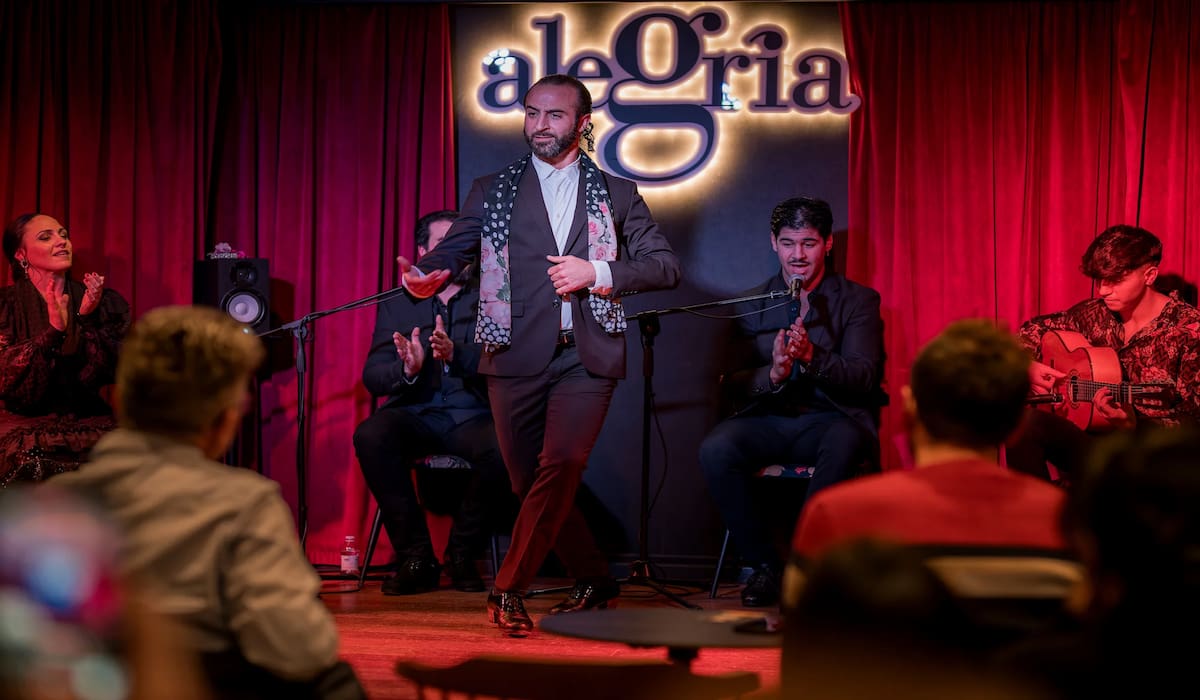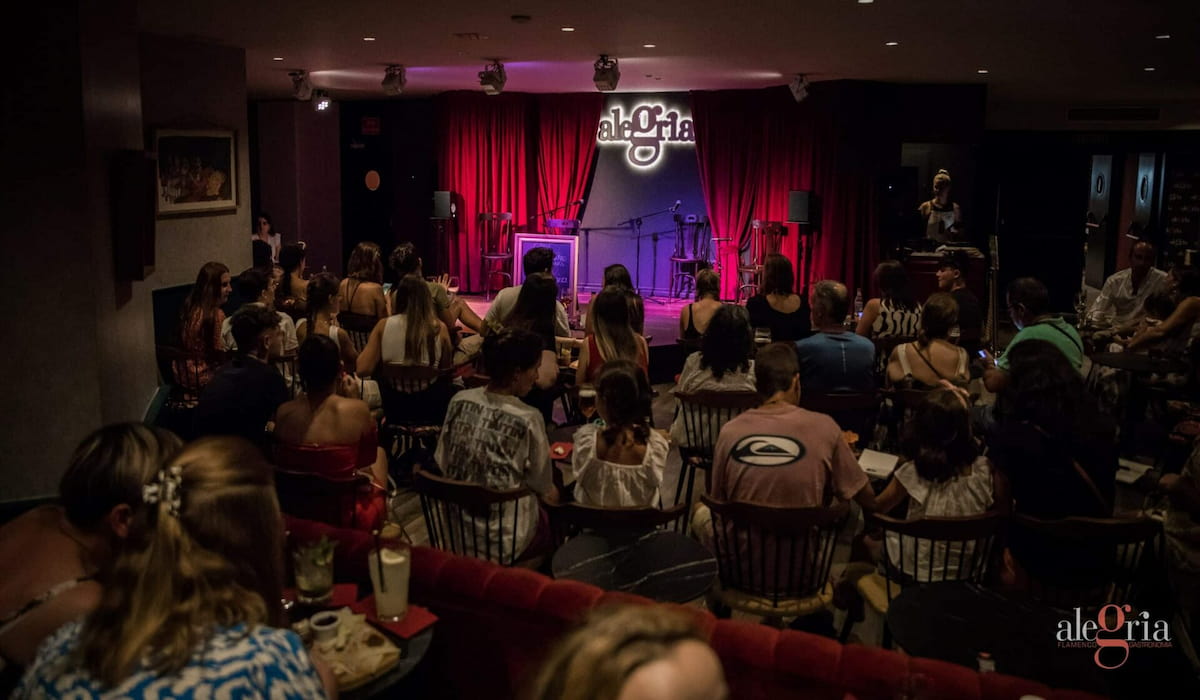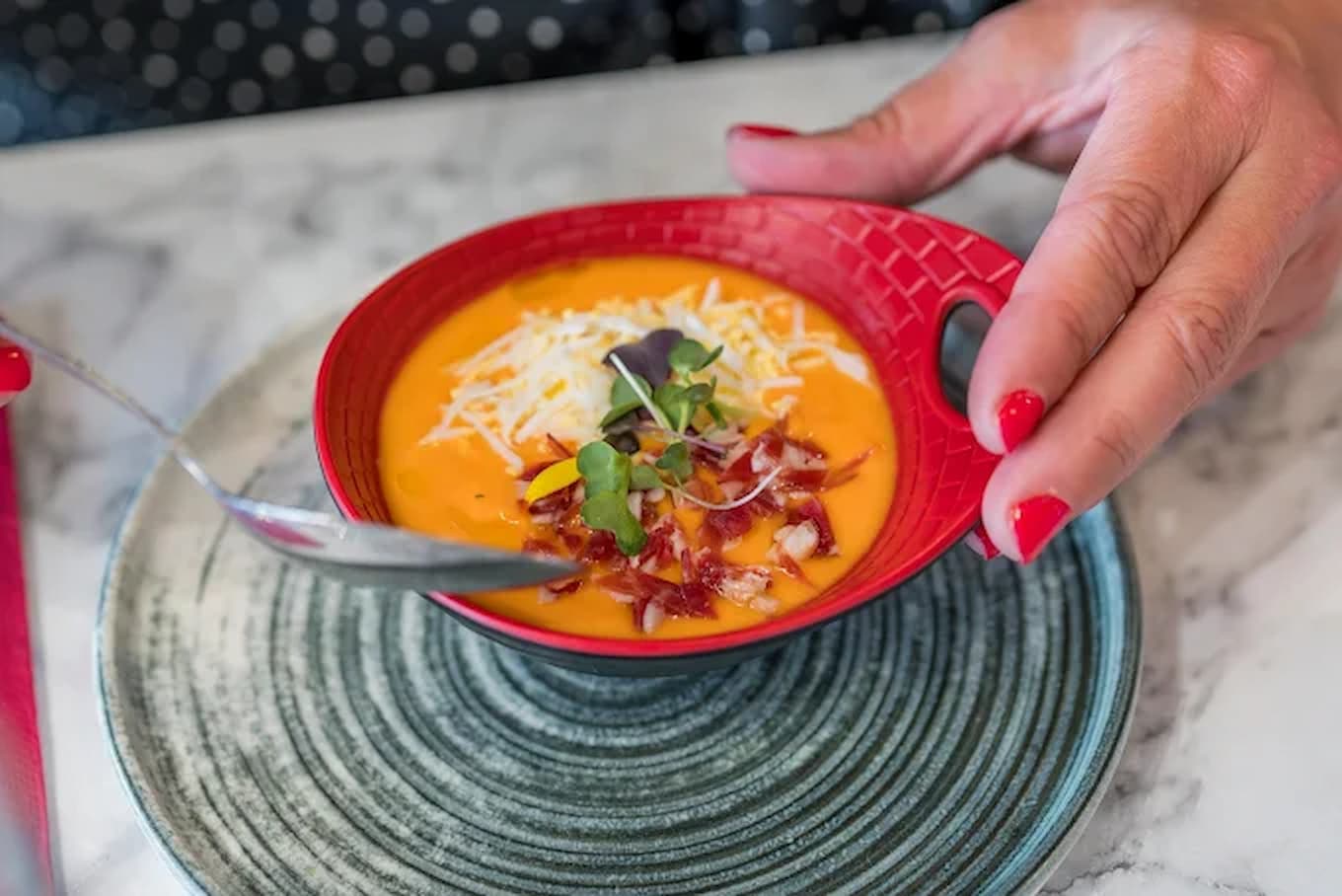In the world of flamenco, there are many expressions and terms that we don’t usually use in everyday life. One of them is “aflamencar”, which many people don’t know the meaning of. It involves taking the characteristics of flamenco music and singing and applying them to a theme, either through rhythm or intonation.
A resource used by many artists to add sonority to their repertoire, imprinting personality to their interpretations, thus expanding their versatility and interpretative capabilities, but without fully entering the world of traditional flamenco. Thanks to this, melodies can be ‘flamenco-ized’ to fuse styles and interpret pieces with a personal stamp.
But not only songs can be ‘flamenco-ized’, but also dances. All movements can be ‘flamenco-ized’ and go beyond classic postures. To do this, it’s enough to study the movements, concepts, and forms and try to ‘flamenco-ize’ them.
What Type of Music Can be ‘Flamenco-Ized’?
Flamenco is one of the main identity markers of our country. Many consider that it’s something that comes from within, without the need for much theoretical musical knowledge. It’s enough to let the duende out and accompany the singing with a guitar or simply with hand clapping.
However, another way to approach flamenco is to fall in love with it through the different musical styles and try to bring it to our specialty, whether it’s violin, flute, piano, or trumpet. But also by ‘flamenco-izing’ the melodies we interpret. Flamenco-style singing can be applied, for example, to rock, jazz, rumba, blues, or hip hop, and create surprising fusions. Practically any song can be ‘flamenco-ized’ with flamenco touches. This is known as Young Flamenco or New Flamenco.
How Was ‘Flamenco-Ized’ Music Born?
The process of ‘flamenco-izing’ a melody is not complicated. It’s enough to slow down the tempo and adapt the melody to cante jondo. In fact, ‘flamenco-ized’ music is not new. In the early years of flamenco, faced with the need for styles by professional artists, songs were taken and the rhythm was adapted to make it slower and adorned with flamenco touches, giving rise to the style we know today.
But ‘flamenco-ized’ music began to develop mainly in the 1980s, an era that stood out for the spirit of protest of Spanish youth. Flamenco was influenced by styles such as jazz, pop, rock, or blues and ended up fusing with some of them, led by artists like Paco de Lucía and Camarón, who managed to reinvent flamenco with new rhythms and sounds and attract thousands of followers.
Over time, flamenco-style singing has become more important in the current music scene, especially with the entry of new artists such as Rosalía, Dellafuente, el Niño de Elche, or María José Llergo, who have taken this type of music to another level. A new style that is more melodic and with commercial purposes, which enjoys greater acceptance than original flamenco by the mass audience. And, just as it happens with new current musical styles, it often includes the use of technology. It’s very common to find a techno base throughout the piece, while above it you can clearly hear the characteristic flamenco voice that stands out for the typical turns of flamenco.
In short, ‘flamenco-ized’ music was born as a need to reinvent itself. Paco de Lucía and Camarón were the promoters of this, combining traditional roots with rock and pop. And, currently, some of the most successful singers in our country champion this genre that already has thousands of followers.




